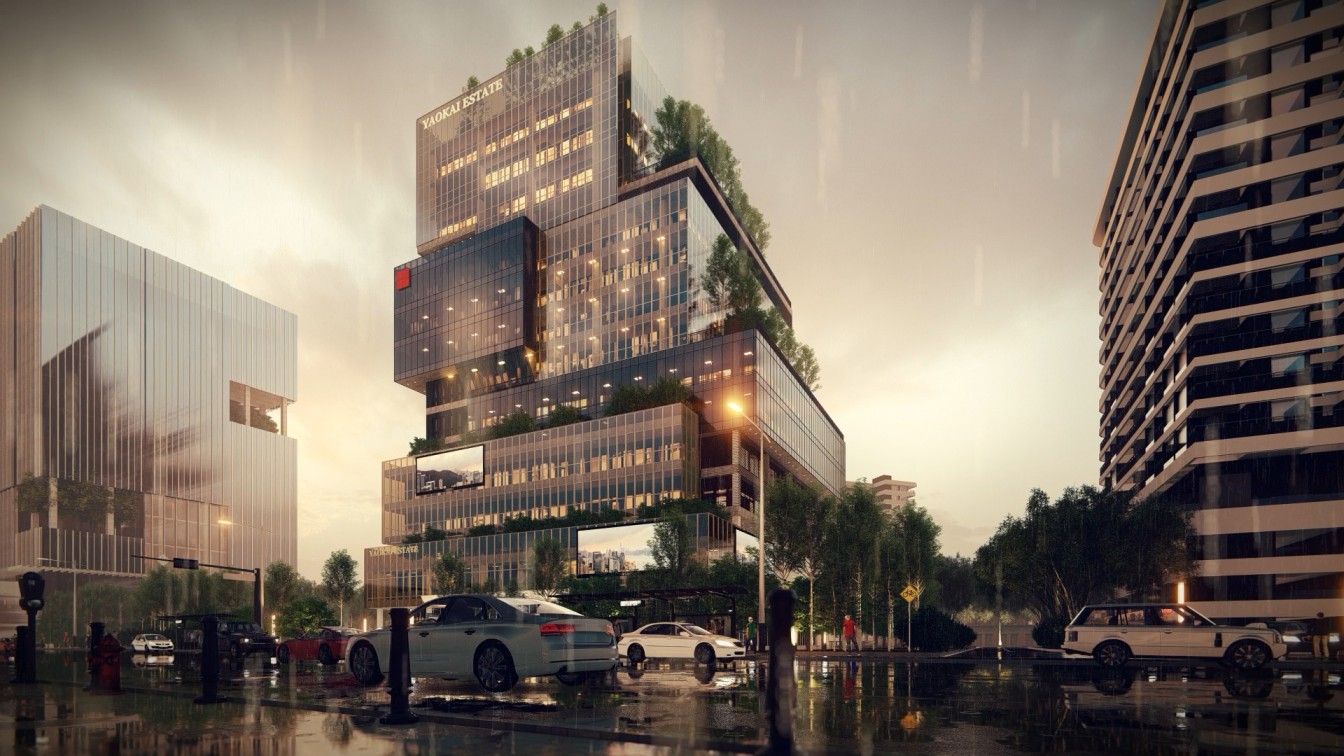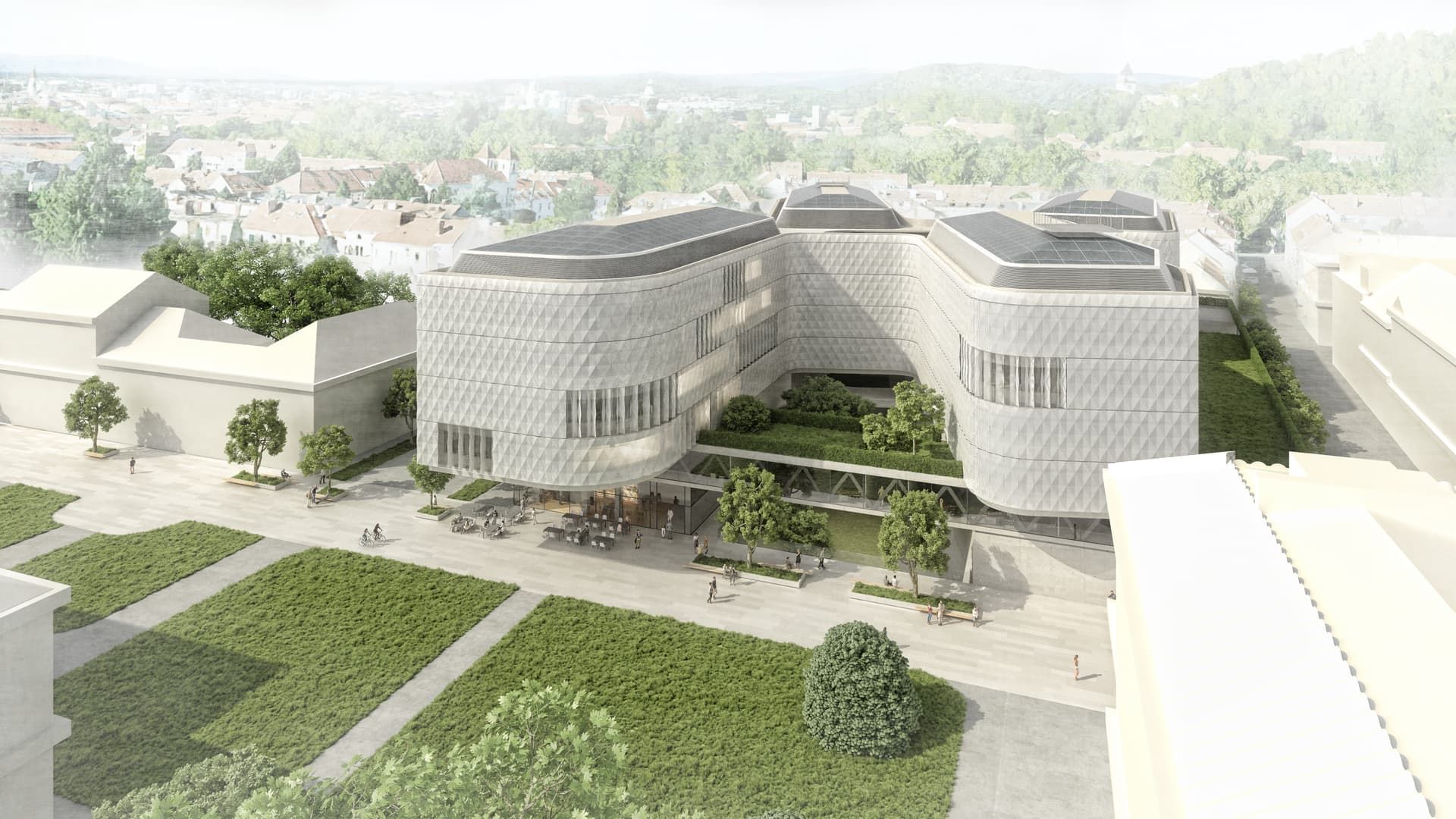Streaming Now – Novatr’s story on The Indian Edtech Story, only on Jio Hotstar.
PROGRAMS
Join thousands of people who organise
work and life with Novatr.
What Makes Twinmotion the Most Powerful Render Engine on the Market Today
Tristin Theron
6 mins read
July 18
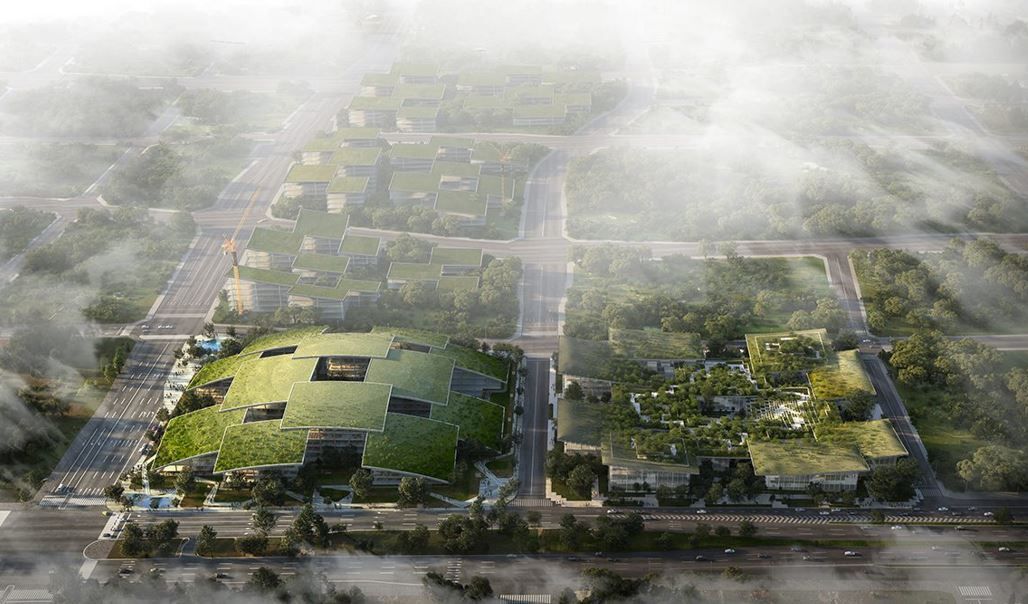
What is Twinmotion Software?
Twinmotion was first released in 2005, but many of us architects have not heard of this software until recently. This is because the software was acquired by Epic Games (a video game company) and has undergone vast improvements that skyrocketed the tool into the public eye, used by the likes of Zaha Hadid Architects and BIG architects at some point in their workflows with regards to design.
Like all rendering software, Twinmotion is a tool for realistically visualizing architectural concepts to convey key ideas to people who may not be able to fully understand the spatial qualities as they are depicted in plans, sections, and elevations.
Because rendering is so efficient in communicating concepts to clients, it has become a mandatory skill for architects. This is why it is so important for you to pick the right rendering software to suit your specific needs. In this article, we will explore the Twinmotion softwares compatibility, features, pricing and how it can potentially replace other render engines.
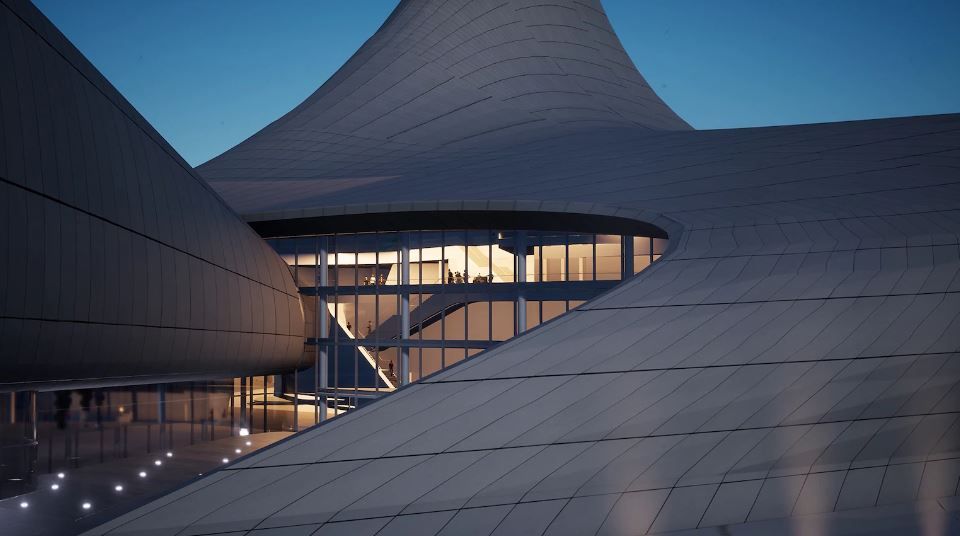
Twinmotion render by Zaha Hadid Architects (Source:twinmotion.com/en-US)
Compatibility of Twinmotion
Twinmotion is available on both macOS and Windows and is compatible with most 3D modeling software and all major BIM software on the market while offering one-click synchronization with popular BIM software like Revit and ArchiCAD, parametric modeling software like Rhino with Grasshopper, Sketchup pro, and RIKAD.
The recommended Twinmotion system requirements are as follows:
● Operating systems: 10 / 64 bitsProcessor Quad Core 3,0 Ghz
● Memory (RAM): 8 – 16 GB
● Graphics card: 4 GB VRAM, NVIDIA GTX 770 / ATI Radeon R9 280X, DirectX 11 or DirectX 12 compatible graphics card
● Processor: Quad-core Intel or AMD, 2.5 GHz or faster
● Hard disk: 5 GB available
The Twinmotion system requirements are quite standard for most rendering software. However, the hard disk space required is noticeably less than other software of similar strength, like in the case of Twinmotion vs Lumion.
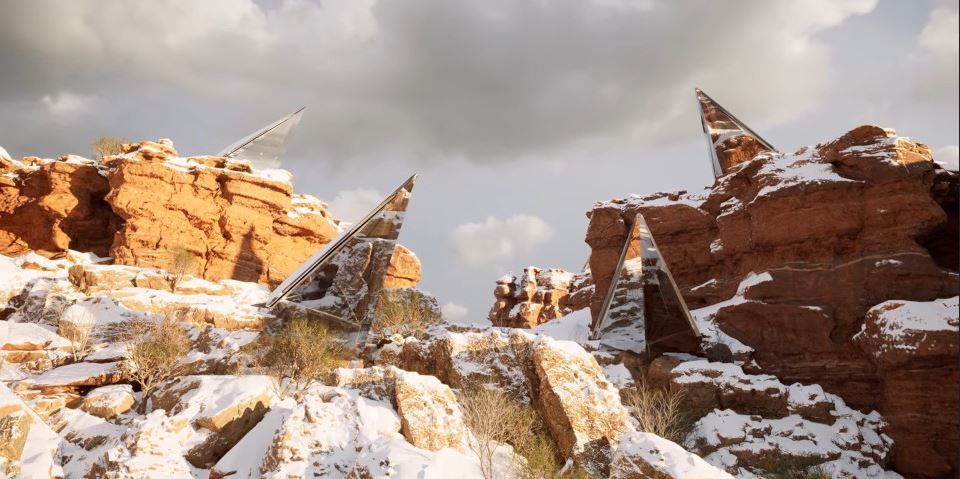
Twinmotion render of forms protruding from a mountain (Source: www.cgchannel.com)

Most Attractive Twinmotion Features
1. High-fidelity real-time lighting
The new path tracer feature in Twinmotion is the real game-changer that brought the software into the public eye. Without getting too technical, the path tracing in this engine calculates the physics of light in a much more accurate way that allows for a better generation of the way light shines and reflects within the model. There is also a multitude of HDRI maps that are available for download through the Twinmotion software itself that helps create the requiredatmosphere for the render.
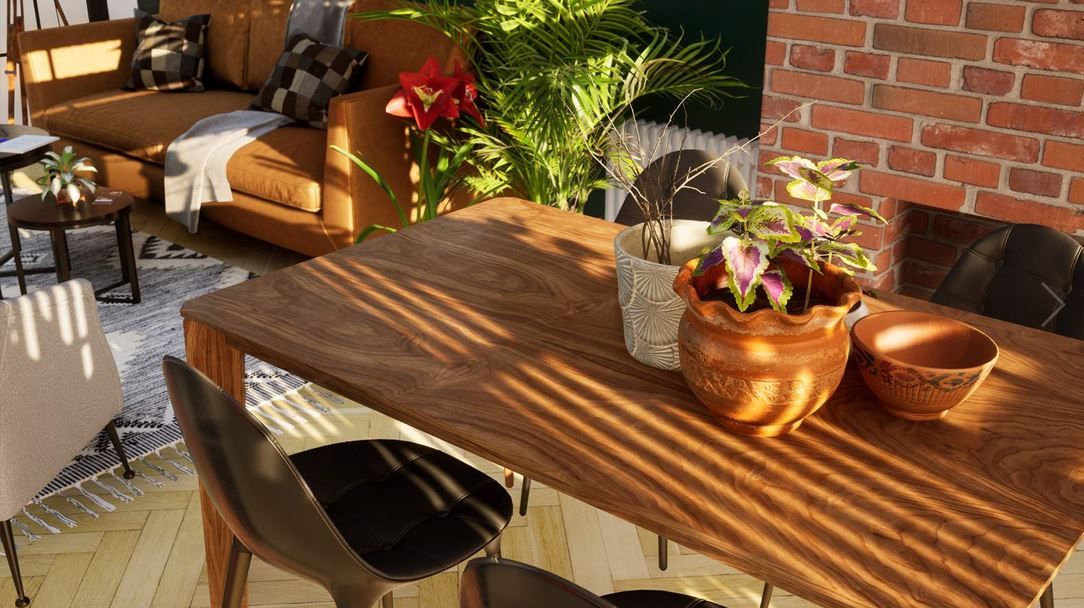
Light in a Twinmotion interior render (Source: www.archdaily.com)
2. Twinmotion Cloud
The Twinmotion software has a neat feature built-in that makes it easier to collaborate with your partners and clients via the Twinmotion cloud. Once you have created a presentation or set of panoramas, you can then upload them to the Twinmotion cloud that will generate a shareable hyperlink and HTML that you may send to clients/colleagues that will allow them to access the files via their browser. This is a much more interactive experience than sending a set of images to be reviewed, as it allows them to pan around the views without the installation of the software itself.
3. VR in Twinmotion
Twinmotion is compatible with most VR Headsets. They even have a neat trick that the software uses to combat VR sickness, by matching the rendering frame rate to the VR headset refresh rate. Clients using VR headsets for the first time have been known to get nauseous while looking through them at designs. This way there will be one less reason why your designs can make a client sick.

Image highlighting the vegetation provided by Twinmotion (Source: https://twitter.com/twinmotion/)
Pricing of Twinmotion
The free trial of Twinmotion lasts indefinitely and carries all the same features, learning material, and Twinmotion cloud access as the full version. The only downside to the free version is that it is not available for commercial use and the export resolution is limited to 2K. This limit to 2k resolution is however incredibly reasonable as this is still higher than Full HD. It is only if you’re doing huge printouts that this 2K limit would be noticeable.
If you are a student, however, they offer a package with full resolution exports for educational uses, meaning you will have the highest quality images for your academic projects for free.
For the full Twinmotion software experience in a firm environment, you are looking at around 560 USD as of 2022 for the latest version, and 1 year of updates from the date of purchase.
In comparison, Vray is around 600 USD while Lumion 12 Pro is around 3560 USD.
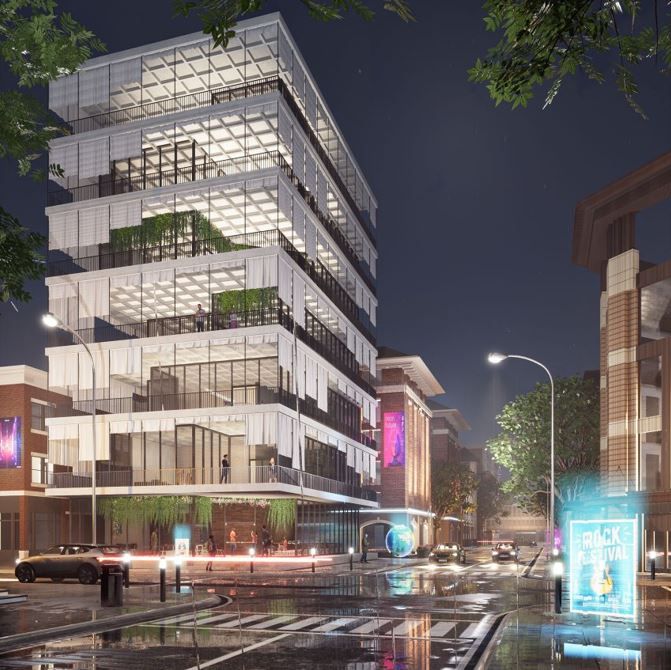
Twinmotion render of glass building with retractable shading system (Source: https://www.dezeen.com/)
All of these factors build a strong case for Twinmotion as a serious competitor to other commercially available render engines out there. The ease at which this software is freely available at a “lesser” strength may be the tipping point to which people may start gravitating towards Twinmotion as opposed to other software.
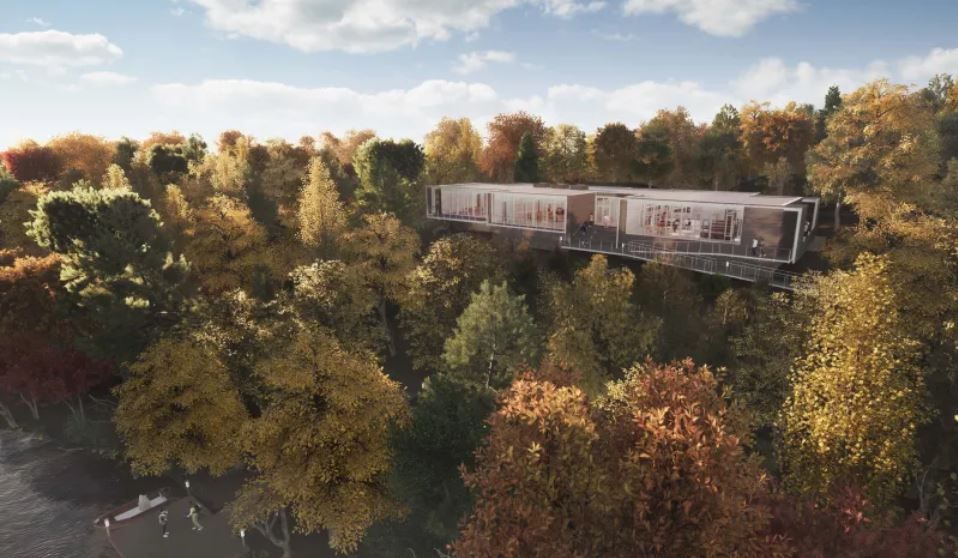
Twinmotion render of house in a forest (Source: real-time-rendering.com/twinmotion-gallery/)
Get trained in Twinmotion along with the most in-demand AEC skill - Building Information Modelling. Check out Novatr’s BIM Professional Course and head to our Resources page to get more insights on AEC careers, software & tools, and industry trends.

Join 100,000 designers who read us every month
